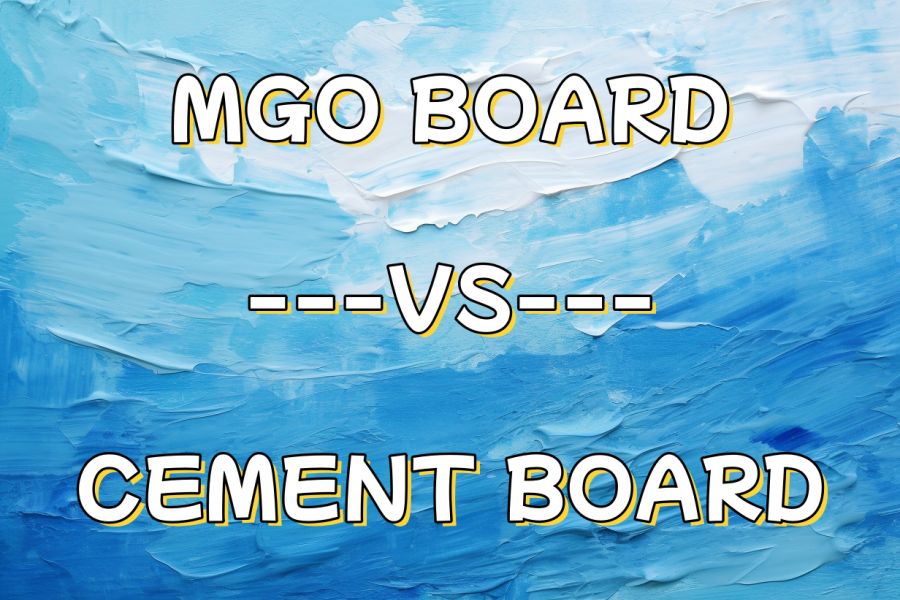Table of Contents
Magnesium oxide (MgO) boards are modern construction materials known for their fire resistance, moisture resistance, and environmental friendliness. Their superior performance is the result of a carefully selected combination of raw materials, each serving a specific purpose to enhance the board’s structure and function. Below is an introduction to the six essential raw materials used in MgO boards:
1. Magnesium Oxide (MgO) Powder
Magnesium oxide powder is the core ingredient of MgO boards. Derived from calcined magnesite, it is a non-toxic, fine inorganic powder that provides excellent compressive strength and fire resistance to the board. When mixed with magnesium sulfate or magnesium chloride, it reacts quickly to form a strong and stable cementitious matrix.
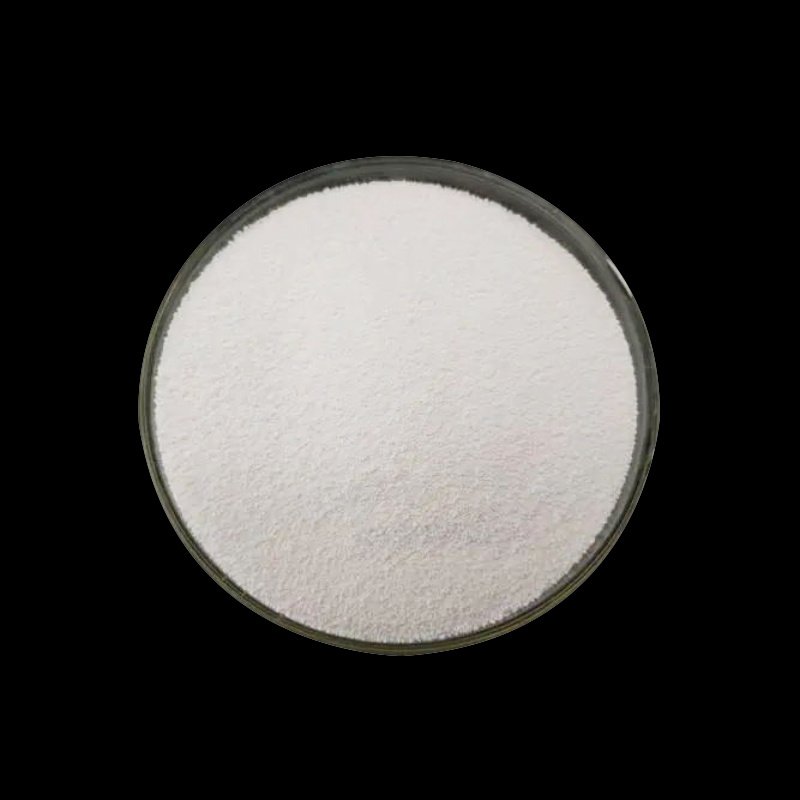
2. Magnesium Sulfate (MgSO₄) or Magnesium Chloride (MgCl₂)
Magnesium sulfate is an inorganic compound typically appearing as white crystals or powder, while magnesium chloride is a colorless, flaky crystalline substance. They are both crucial binding agents in MgO boards. They can solidify into a hard and dense structure with excellent water resistance and heat resistance.
Boards made with magnesium sulfate are called “MgO sulfate boards,” while those made with magnesium chloride are called “MgO chloride boards.” See differences here.
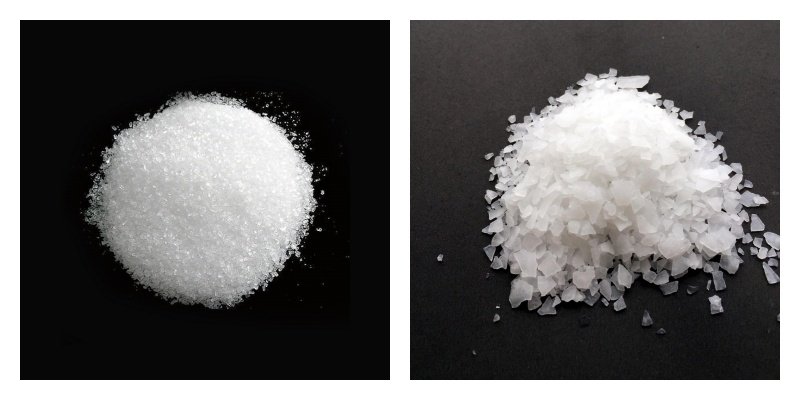
3. Perlite
Perlite is a type of volcanic glass that expands when heated to form lightweight, porous granules. As a filler in MgO boards, it improves fire resistance and thermal insulation while maintaining a low board weight.
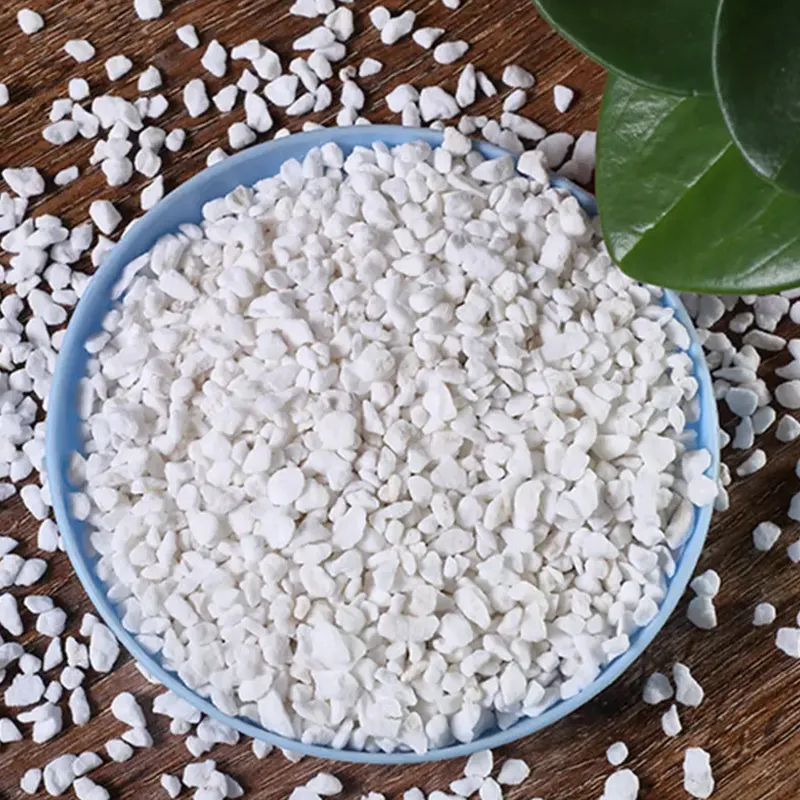
4. Fiberglass Mesh
Fiberglass mesh is made from inorganic, non-metallic glass fibers with excellent alkali resistance. Embedded in the board, it enhances tensile strength, prevents cracking, and increases structural stability under stress and temperature changes.
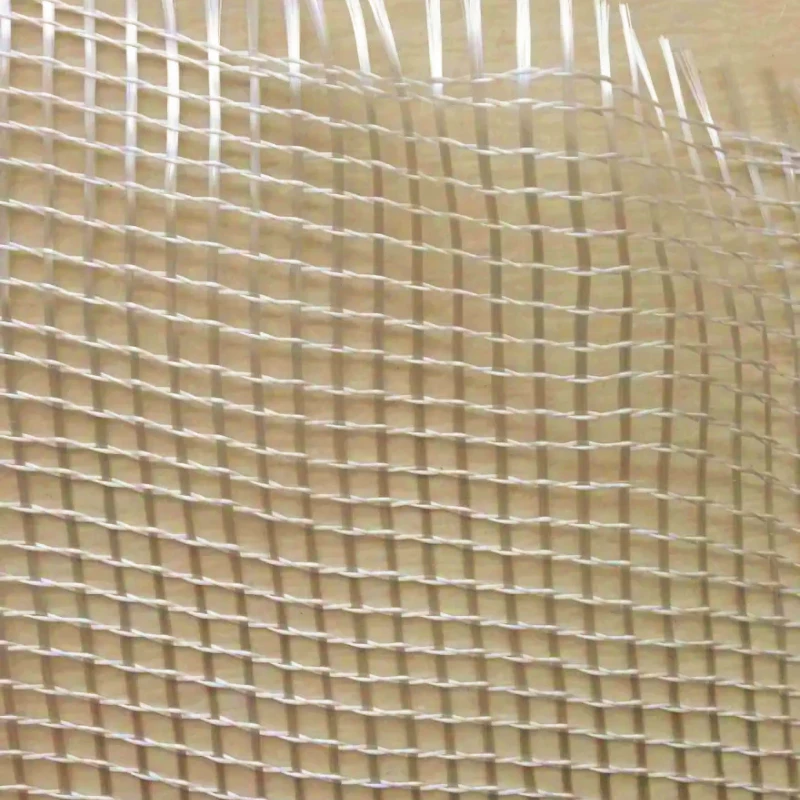
5. Non‑Woven Fabric
Non-woven fabric, made from polyester (PET) fibers through needle-punching technology, features moisture resistance, flexibility, lightweight, and flame retardancy. In MgO boards, it improves surface smoothness and enhances interlayer bonding.
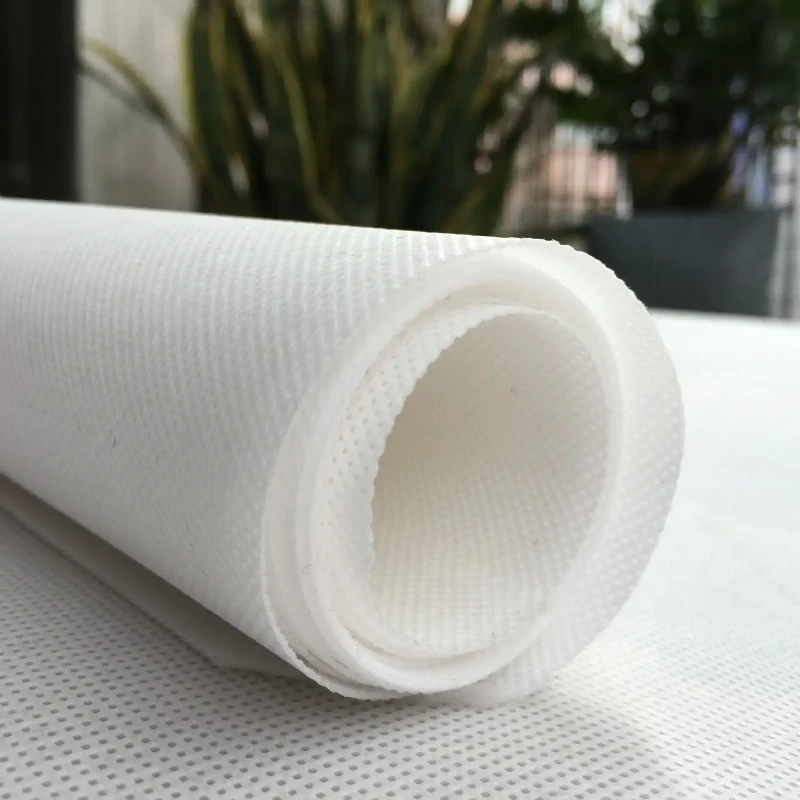
6. Wood Fiber
Wood fiber, also known as sawdust, is used as a lightweight filler and natural binding aid when mixed into the cement slurry. It helps reduce shrinkage, improves workability during construction, and provides better sound insulation.
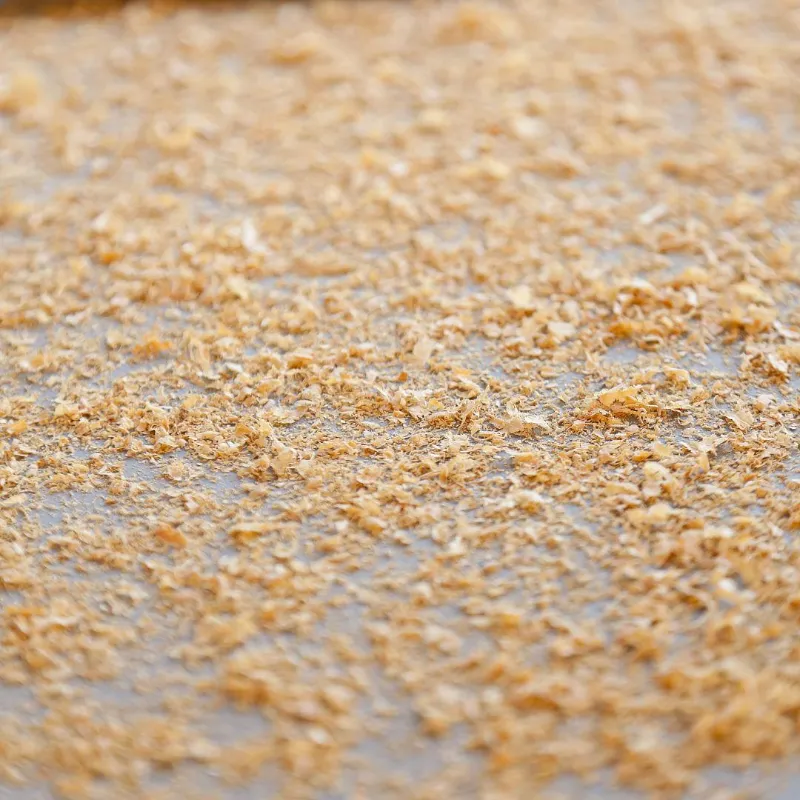
Why These Materials Matter
Outstanding Fire Resistance: The combination of MgO and perlite creates a high-temperature barrier, with most formulations reaching A1-level fire ratings.
Moisture & Mold Resistance: Inorganic raw materials minimize water absorption and prevent mold growth.
Eco-Friendly: All raw materials are non-toxic, asbestos-free, and contain no volatile organic compounds (VOCs).
Easy to Install: The resulting board is lightweight and easy to cut and handle, making it a superior alternative to traditional gypsum and cement boards.
Click HERE to see how the above raw materials are processed into magnesium oxide boards
I. Introduction When choosing construction materials, understanding the differences between MGO board and cement board


